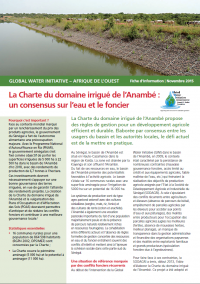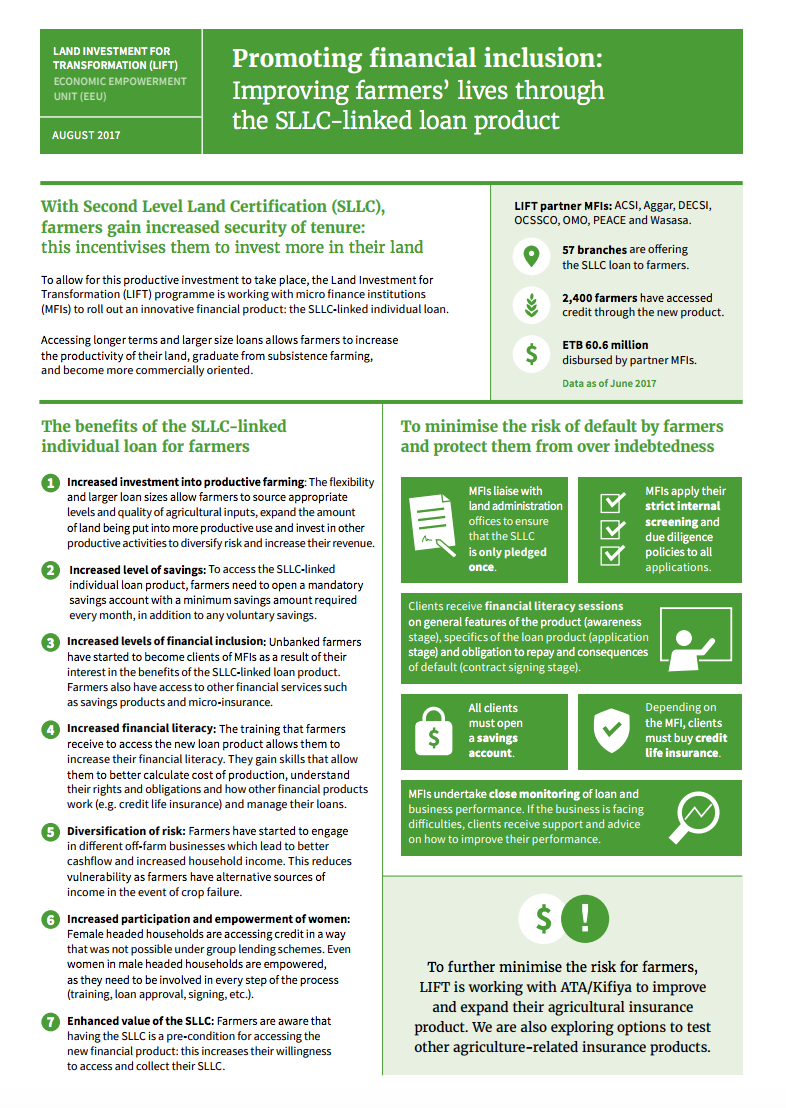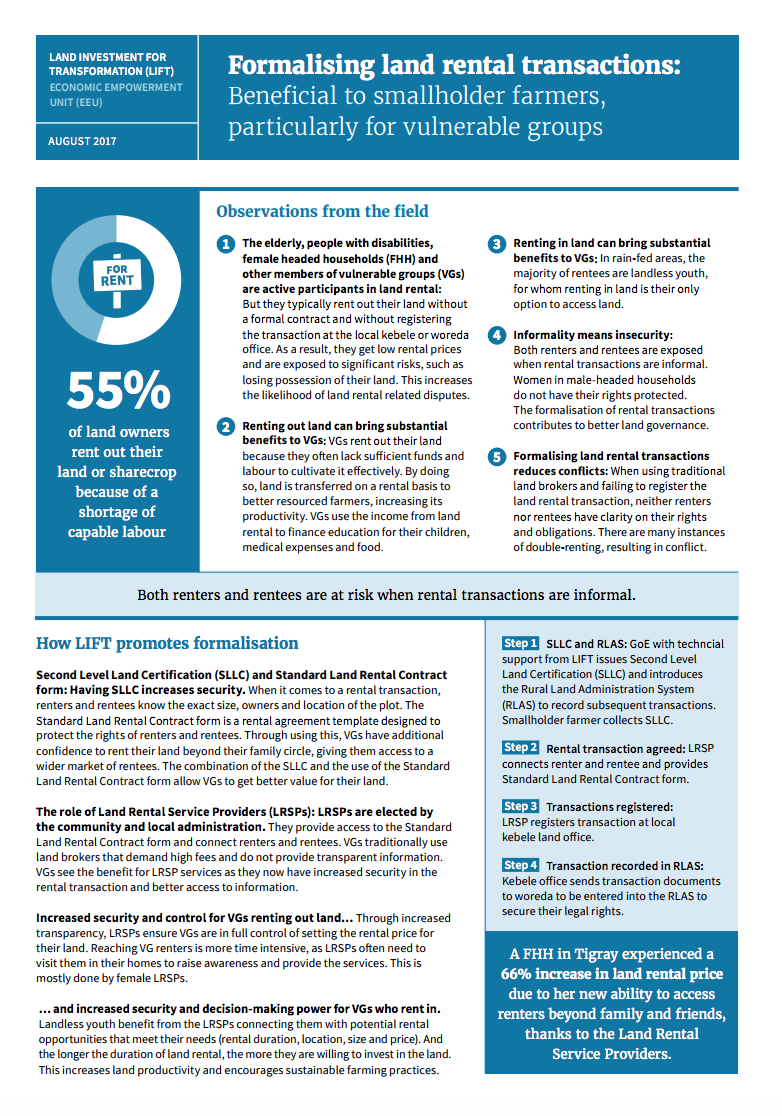Managing land and water resources by consensus: the Anambé irrigation scheme charter
The Anambé irrigation scheme charter sets out management principles for efficient and sustainable agricultural development. The charter is based on a consensus between river basin users and local authorities. Now the challenge is to put this into practice.







